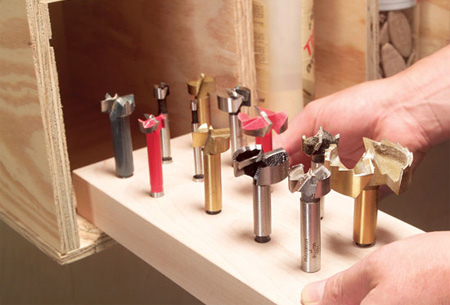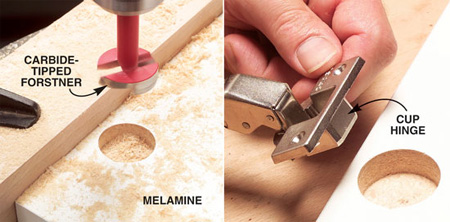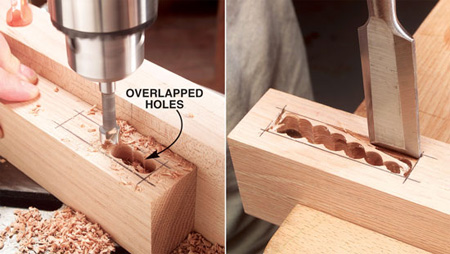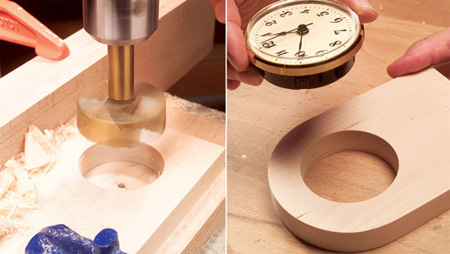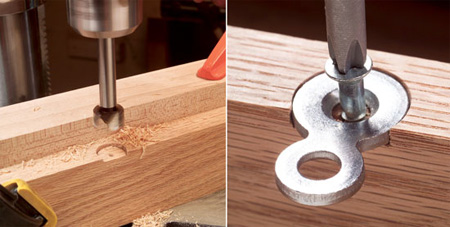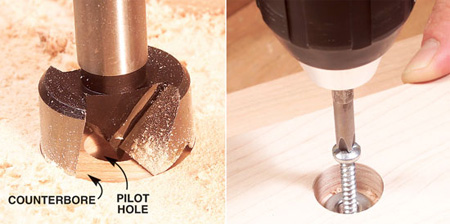Uses for and how to use a Forster bit?
Forstner bits are exceptionally good choices when you need to produce flat bottomed holes. They are also the only drill bits that can drill overlapping holes, which makes them ideal when you make mortises; simply drill the holes, clean up with a good chisel, and go on the next one. Forstner bits also drill into angled sides vertically, making hole alignment and spacing easier than with any other drill bit.
With all their good features, we don't use them for every job because they're a little bit fragile, compared to other drill bits. Excessive speed, or too much force without a break, can ruin the bits in seconds.
Forstner bits can go where no other drill bits dare. The reason is simple: A Forstner bit is rim-guided while other bits are centre-point guided. That means you can use all or only part of the bit diameter to drill overlapped, angled or partial holes. Plus, unlike other drill bits, the rim-guided Forstner bit can drill into end grain without deflection.
The larger the Forstner bit, the faster it can be ruined by excessive speed. That said, high speed steel (HSS) Forstner bits don't lose temper easily, and carbide tipped Forstner bits are even sturdier. The first job, then, is to limit the speed of the drill you're using, whether a hand drill or a drill press.
If you're using a trigger controlled hand drill, set it on the lowest possible speed range, and then pay strong attention to the actual speed of the drill chuck. An important step in the interest of keeping your Forstner bits sharp and in good shape is cleaning the hole bore often.
Forstner bits do not have flutes that can pass chips up and out to the surface of the piece being drilled, so it's necessary to lift the bit out of the bore, or almost out of the bore, every 15 to 30 seconds.
american woodworker

